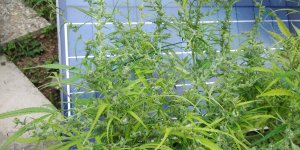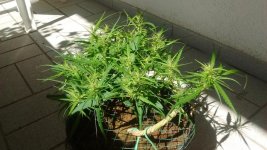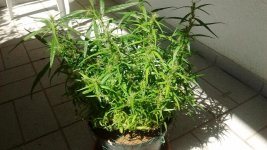GrandpaMillenial
Well-known member
Sorry Cvh.
I saw before a few minutes
Episode 6,at the 20 minutes.
There come high stress training again but with a plant not even flowering.
Maybe Royalqeenseeds are wrong?
Maybe we can do it earlyer????
Ive experimented with stem splitting a few times, I’ve tried bamboo skewers and simply using a drill, I’ve seen a reaction a few times. its supposed to really induce senescence.
I don’t really do it that much any more. apparently chitin in the water can simulate an insect attack on your plant, which would encourage a plant to kick her defense mechanisms into overdrive.
I definitely still super crop and do a bit of “kushman chiropractic” when training my plants in veg.


















